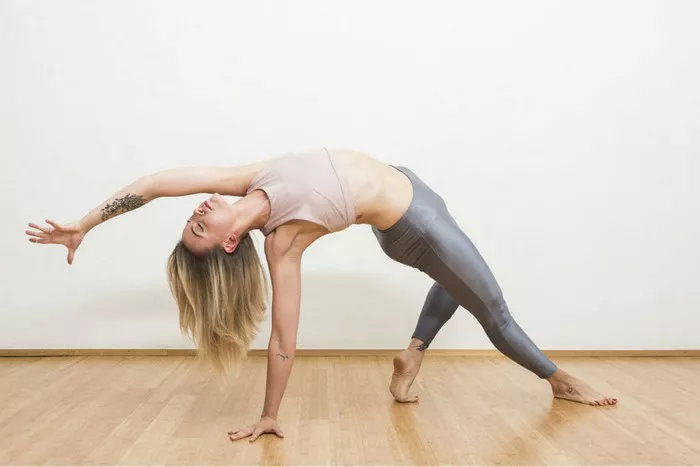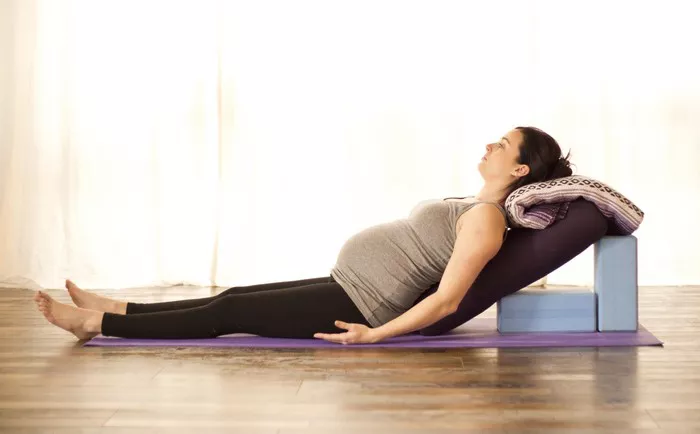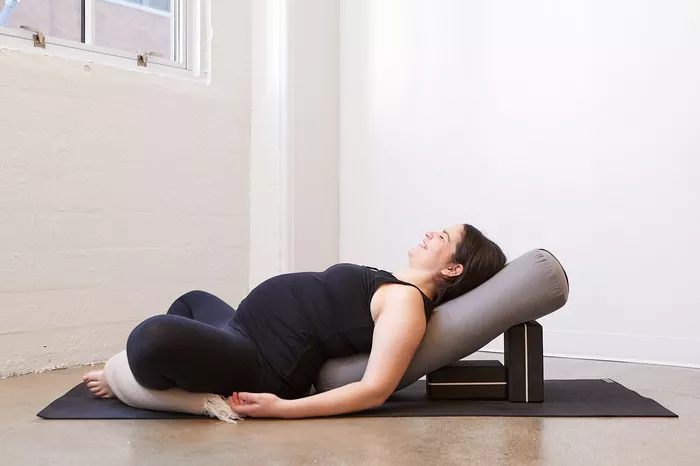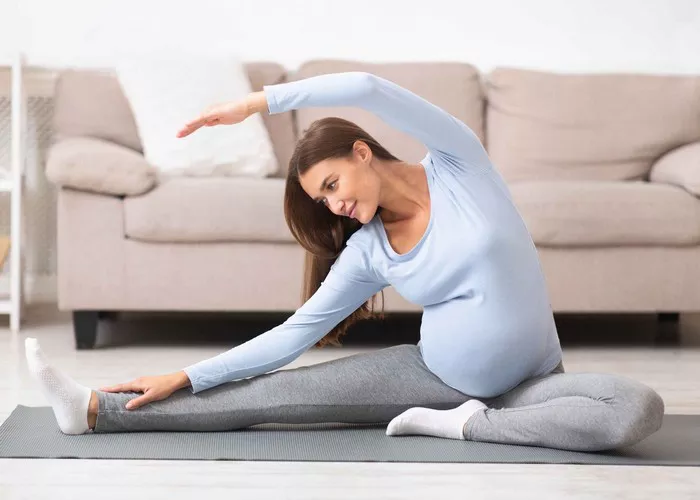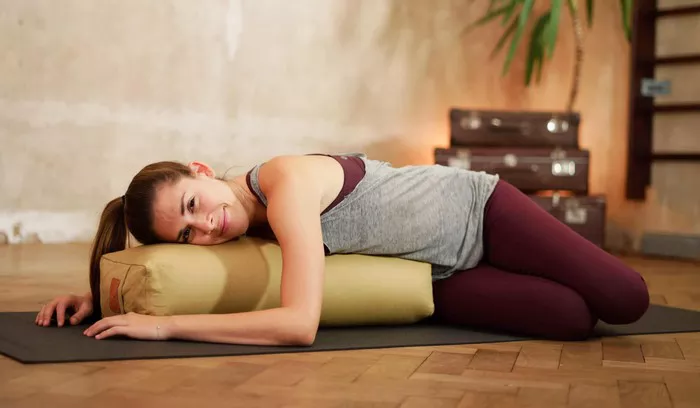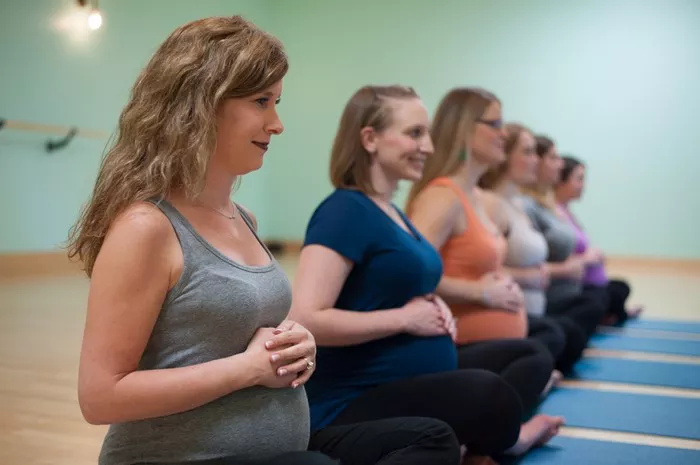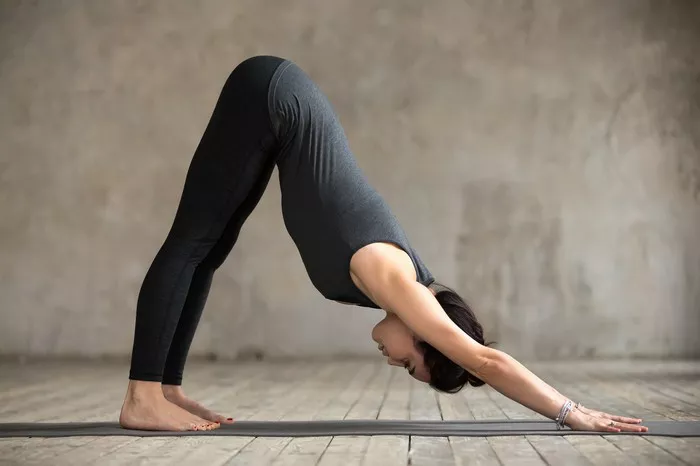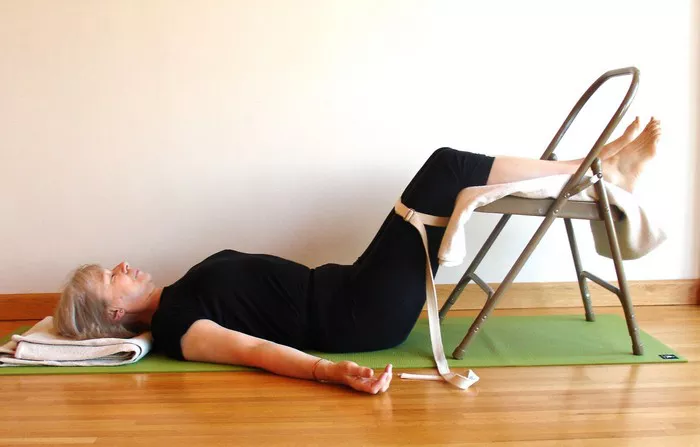Frog Pose, known as Bhekasana in Sanskrit, is a deeply restorative and opening posture that targets the hips, groin, and lower back. It might seem a little intimidating at first due to its deep stretch and the peculiar position of the legs, but when practiced properly, Frog Pose can be an incredibly beneficial addition to your yoga practice. Whether you are a beginner or a seasoned yogi, learning how to perform Frog Pose with ease and safety is essential.
This article will guide you through everything you need to know about Frog Pose, including the proper technique, common mistakes to avoid, and the benefits you can gain from regularly practicing this pose.
Understanding Frog Pose
What is Frog Pose?
Frog Pose (Bhekasana) gets its name from the way the body resembles a frog in the pose, with the knees bent outward and the torso leaning forward. It is a prone pose that stretches the hips, groin, and inner thighs deeply. It also requires balance, strength, and flexibility to execute properly. As a beginner, Frog Pose can initially feel challenging, but with patience and consistent practice, you will build both the strength and flexibility needed to perform it with ease.
This pose is often practiced in restorative yoga sessions or as part of a hip-opening sequence, as it is excellent for releasing tension in the lower body and improving flexibility. It also offers deep stretches for the quadriceps, hamstrings, and pelvic area.
Benefits of Frog Pose
Frog Pose is a powerful asana with numerous physical and mental benefits. Here are some of the key benefits of incorporating Frog Pose into your practice:
1. Deepens Flexibility in the Hips and Groin
One of the main benefits of Frog Pose is its ability to stretch and open the hip flexors and the inner thigh muscles. These areas can become tight due to prolonged sitting, lack of movement, or certain physical activities. Regular practice of Frog Pose can improve flexibility in these areas, helping to relieve stiffness and discomfort.
2. Enhances Mobility of the Pelvic Region
Frog Pose works wonders for enhancing the range of motion in the pelvic region. By gently pressing your hips toward the floor, you can increase circulation and open up the muscles around the pelvis, making it easier to perform other yoga poses that require hip flexibility, such as Pigeon Pose or Warrior II.
3. Relieves Tension in the Lower Back
The gentle stretch provided by Frog Pose can help to relieve tension in the lower back. Many of us hold stress in our lower backs, especially if we spend long hours sitting. Frog Pose stretches the groin and hip flexors, which can alleviate some of the pressure in the lower back region.
4. Improves Posture
The opening of the hips and strengthening of the lower back in Frog Pose can contribute to better posture. As you open the hip area and release tension in the lower back, your ability to sit and stand up straight improves, which can help reduce back and neck strain in everyday life.
5. Increases Circulation
The stretch in Frog Pose encourages blood flow to the groin and pelvic region, which can help boost circulation to the legs and hips. This increased circulation can aid in recovery after intense physical activities and promote overall health.
6. Mental Relaxation
While Frog Pose is a physical stretch, it also has mental benefits. It requires focus and mindfulness as you slowly ease into the position and breathe deeply into the pose. The challenge of holding this pose also teaches patience and resilience, contributing to a sense of calm and relaxation.
How to Do Frog Pose for Beginners
Now that you understand the benefits, let’s break down the step-by-step process for performing Frog Pose. As a beginner, it’s important to practice this pose with caution and patience to ensure that you are safely engaging your muscles without overstretching or straining.
Step 1: Prepare Your Body
Before attempting Frog Pose, it’s a good idea to warm up the body to prepare the hips and groin for the deep stretch. Spend 5-10 minutes performing gentle stretches and movements like Cat-Cow Pose, Downward Dog, Child’s Pose, or gentle hip circles. These will help loosen up your body and prepare it for the deep opening in Frog Pose.
Step 2: Begin in a Tabletop Position
Start in a tabletop position with your hands and knees on the mat. Make sure your wrists are directly beneath your shoulders, and your knees are directly under your hips. Keep your spine neutral, avoiding any arching or rounding of the back.
Step 3: Open the Knees
Slowly begin to slide your knees apart from one another, widening them as much as you comfortably can. Aim to align your knees with your hips, but make sure you are not overstretching. If you feel any discomfort, it’s important to ease off and bring the knees closer together.
Step 4: Bend the Elbows and Lower the Torso
Begin to lower your torso toward the mat, bending your elbows. As you do so, keep your hips lifted and your back straight. The torso should gradually come closer to the floor as you continue to stretch the inner thighs. You might feel a deep stretch in your groin and hip flexors.
Step 5: Flex Your Feet
While your knees are spread wide, bring your feet into a flexed position with the tops of your feet pressing into the mat. This will help activate the muscles in your lower legs and deepen the stretch. Make sure the soles of your feet are pointing inward rather than outward.
Step 6: Relax the Neck and Shoulders
Keep your head in a neutral position, and focus on relaxing your neck and shoulders. Breathe deeply into the pose, allowing your chest to gently expand with each breath.
Step 7: Hold and Breathe
Hold the pose for 20-60 seconds, depending on your comfort level and flexibility. As you hold the pose, focus on deepening the stretch with each breath. Engage your core to keep the torso stable, and avoid collapsing your chest to the floor. If you feel any sharp pain or discomfort, ease out of the pose and try again with a smaller range of motion.
Step 8: Exit the Pose Safely
To come out of Frog Pose, slowly bring your knees back together and press into your hands to lift your torso back up. You can move into a neutral position like Child’s Pose or seated Forward Fold to relax and release any tension.
Tips for Practicing Frog Pose Safely
1. Use Props for Support
If you’re feeling any discomfort in your knees or hips, you can use props like yoga blocks, cushions, or blankets to support the knees and hips. Placing a block under the hips can help you achieve the desired stretch without straining.
2. Listen to Your Body
Like any deep stretch, it’s crucial to listen to your body and avoid pushing yourself too far. If you feel sharp pain, it’s essential to stop and adjust your positioning. The goal is to deepen the stretch gradually and safely over time.
3. Stay Mindful of the Knees
The knees are particularly vulnerable during Frog Pose, so it’s important to ensure that your knees are in a safe and comfortable position. Keep your knees aligned with your hips and avoid overstretching them. If you feel any pain in the knees, modify the position or try using additional support.
4. Breathe Deeply
Deep breathing is key to deepening the stretch in Frog Pose. As you exhale, try to relax further into the stretch, letting go of any tension. The breath also helps calm the nervous system and enables you to hold the pose for longer periods.
Common Mistakes to Avoid
1. Forcing the Knees Apart
One common mistake beginners make is trying to force their knees apart too quickly. It’s important to take your time and only go as far as your body comfortably allows. Stretching too far can lead to injury or overstretching the muscles.
2. Collapsing the Chest
When performing Frog Pose, avoid collapsing your chest toward the floor. Instead, try to keep your chest open and your back straight. Engaging the muscles in the torso can help you maintain proper alignment and avoid straining your lower back.
3. Forgetting to Keep the Core Engaged
Many people forget to engage the core muscles when performing Frog Pose. Keeping the core engaged helps protect your lower back and maintains stability in the pose. This also allows for a deeper stretch in the hips and groin.
Conclusion
Frog Pose is a wonderfully restorative posture that can help improve flexibility, relieve tension, and enhance circulation. While it might be challenging for beginners, with proper technique, patience, and consistency, anyone can reap the benefits of this deep hip opener.
Remember to practice Frog Pose with mindfulness, always listening to your body and respecting your limits. Over time, you will build strength, flexibility, and awareness, and Frog Pose will become a valuable addition to your yoga practice.
Whether you are looking to relieve lower back tension, improve your posture, or open your hips, Frog Pose is an excellent choice. Incorporating it into your regular practice will bring you closer to your goal of a more flexible, relaxed, and balanced body.
Related Topics:




